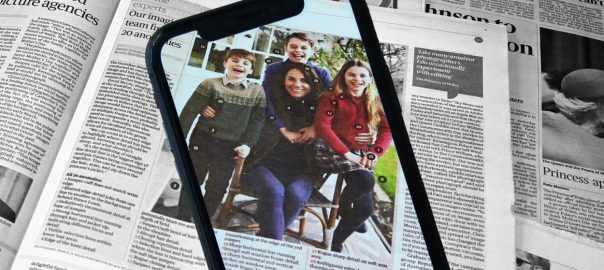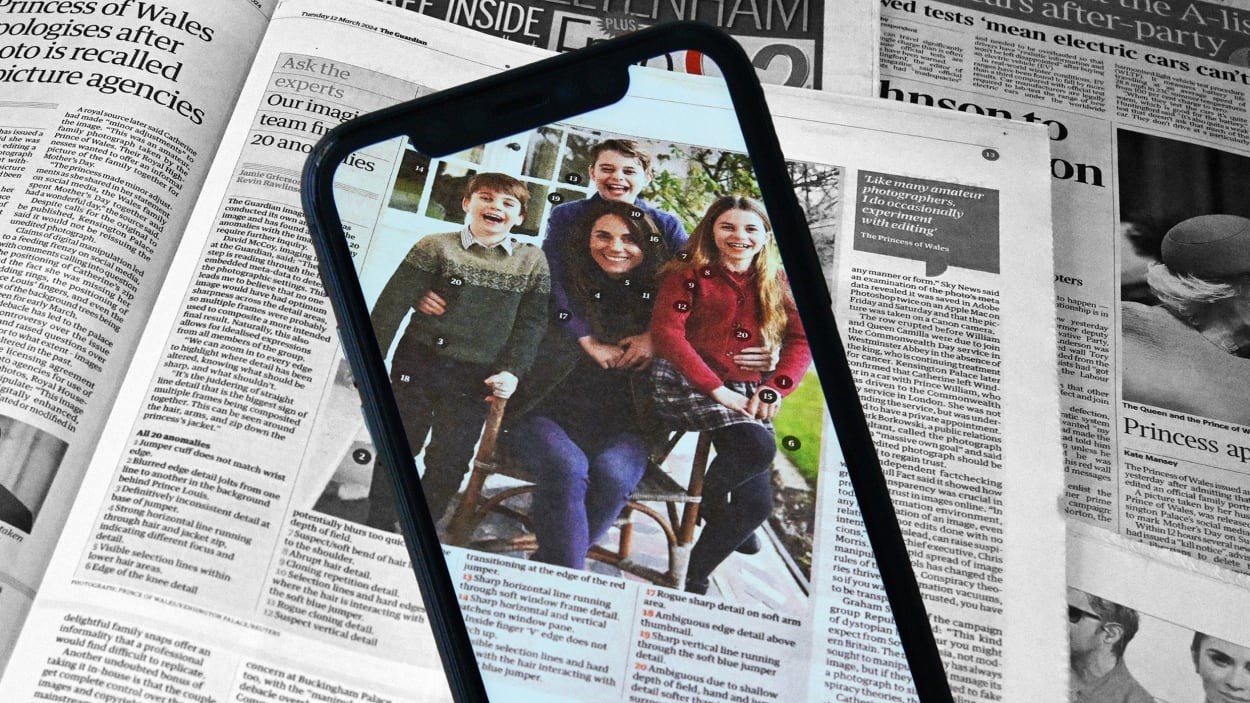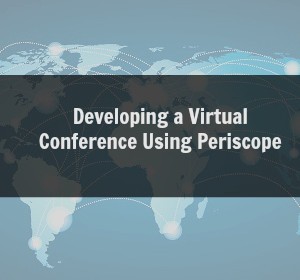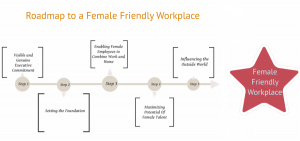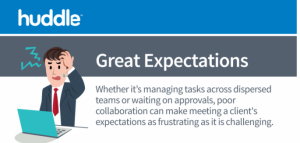It’s the scandal that keeps on giving—and has dominated social media discourse in a way few other stories have in years: What the hell is going on with Kate Middleton, Princess of Wales, and wife to the King-in-waiting?
Princess Catherine, to use her official royal name, has been almost never seen in public since the new year. While Kensington Palace released a statement earlier this year saying she had undergone abdominal surgery and would be recovering (i.e., missing) until after Easter, her absence from the public sphere has ignited social media speculation. And into the vacuum of information, conspiracy theories have cropped up.
In an attempt to quell the gossip, on March 10 the palace released a photograph of the princess with her three children—a none-too-subtle sign of life designed to tamp down the most egregious commentary. But, as sleuths pored over the image, finding visual inconsistencies, that backfired spectacularly. Some suggested the princess wasn’t even in the photo. At the same time, press agencies around the world started withdrawing the photo from circulation because it had been doctored. A public statement by the princess admitting to editing the photo didn’t do much to calm the storm, and a follow-up photo designed to show the royal couple together on March 11 was criticized for its poor quality and awkward positioning (the woman in the picture is turned away from the camera, her face obscured).
Now, the reality is most likely that which the palace has put forward: The princess underwent a serious operation, and has been recuperating. But the fact that the controversy could rage for so long is proof that the world we now live in has, thanks to technology, grown even more virulent.
Gemma Milne, a sociologist of technology at the University of Glasgow, says that the Kate Middleton controversy is “a combination of discourses all coming together.” To start with, Milne says that the incident brings “debates around trust in digital media due to generative-AI advancements, leaving us with challenging verification tasks [and] debates about what counts as a ‘real’ image in a time of more explicit-image creation versus the long history of image manipulation, staging, and editing” crashing together in a single moment.
That would be complicated enough in itself. But added to that are “debates about what those whose power is fueled by the public owe said public—think Taylor Swift fandom and the sense of being owed explanations, appearances, access, etcetera; and debates about the role of the Royal Family in a time of change,” she explains. Milne points to the U.K.’s cost-of-living crisis, and the comparative unpopularity of King Charles as the head of the royal household compared to his mother, the late Queen Elizabeth, as a trying time for the monarchy.
Other elements are also at play—most notably, the shadow of the generative-AI revolution under which we’ve all lived for at least the past 18 months. Twice the palace has produced photographic evidence that the princess is happy and well, and twice it’s been discounted as not real. That’s in part because of the impact of generative-AI tools to create lifelike images from a simple text prompt, says synthetic media expert Henry Ajder. “Most people are aware that celebrity photos are heavily edited and airbrushed, and this certainly isn’t the first time we’ve seen badly edited examples cause controversy,” he says, pointing to such examples as Time’s airbrushing of O.J. Simpson’s skin tone on a 1994 cover and Natalie Portman’s advert for Dior mascara that exaggerated the effects of the beauty product.
But suspicion about what is and isn’t real has been heightened by the generative-AI revolution putting the tools to create fakery in the hands of the general public—and without much effort. “Hyperrealistic AI generated content has made some people much more sensitive to what is real and what is AI-generated,” says Ajder. However, while people have started to be conscious of the power of AI, the reality is that it has been present in their tech lives for a long time. “AI features are everywhere, including the computational photography baked into every image taken on modern smartphones,” he explains.
There are a number of issues that the case of the Photoshopped princess highlights; but above all, it helps show how we have entered a new era in which we need to be more suspicious of what we see. It used to be the case that seeing was believing. Not anymore! “This case may have made the headlines, but in trying to answer the question [of what is real and what is AI], it really puts a mirror up to how synthetic our media landscape already is,” says Ajder.
(14)
